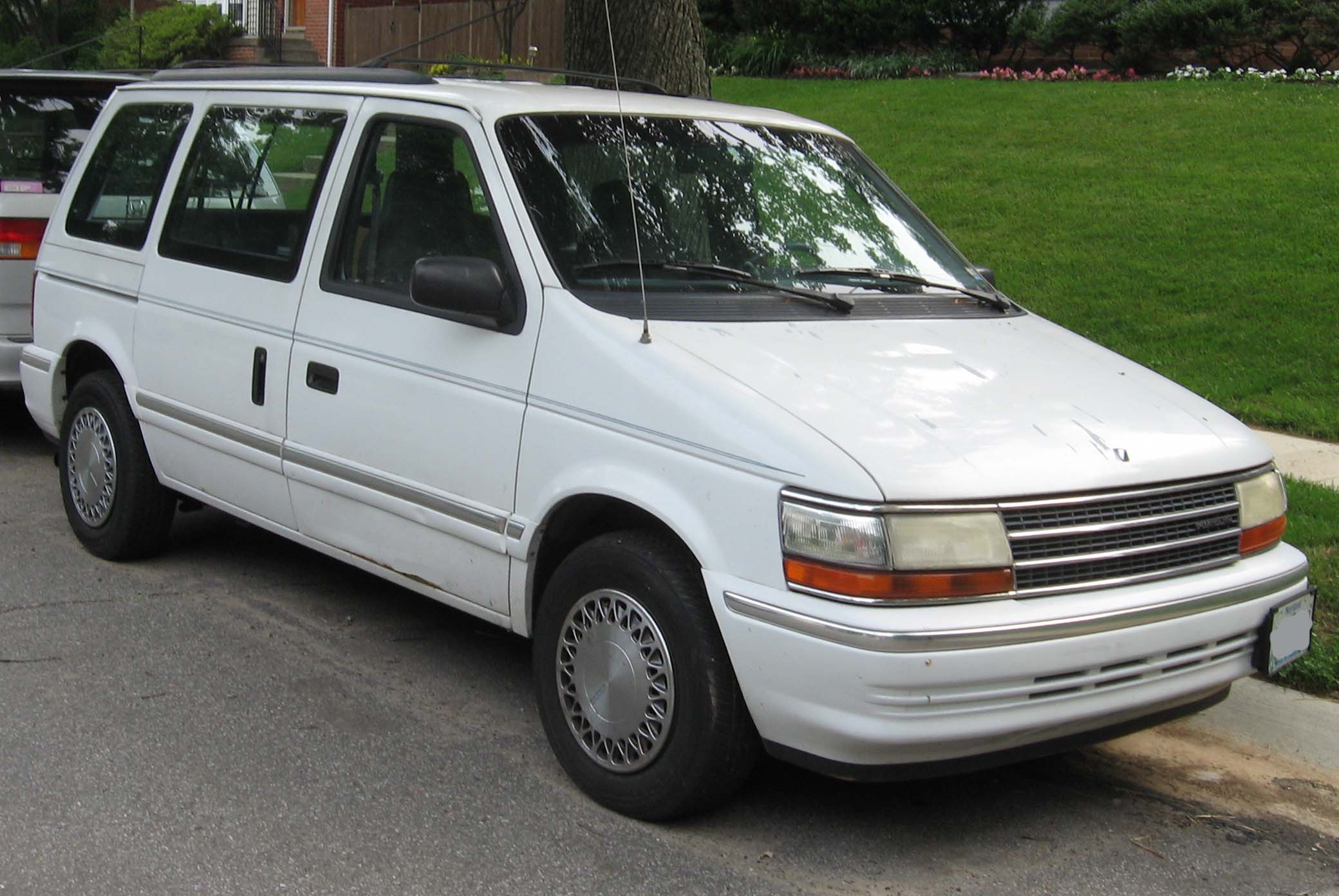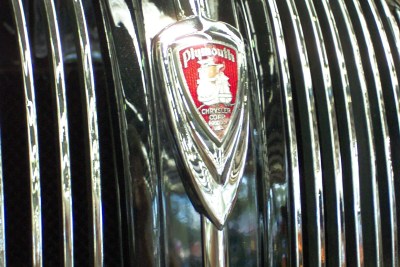
Interesting Facts About Plymouth You Probably Don’t Know – Common Problems – and PDF Manuals for Download…
Plymouth was a renowned automobile brand of Chrysler Corporation in the United States. The brand was launched in the United States in the year 1928 to compete against the Chevrolet and Ford cars.
At that time, both these brands were the market leaders of “low-priced” cars and Plymouth was launched to compete against them. Plymouth was a success in the US and emerged as a “cash cow” for automaker till late 1980s.
In the year 2001, Plymouth brand was withdrawn from the market. Thus the production of cars under this brand discontinued and some successful models were rebranded as Chrysler.
Chrysler entered the low-price car segment by launching Plymouth in 1928. Plymouth was highly priced than the competitors because it offered standard features, like internal expanding hydraulic brakes which Chevrolet and Ford were not offering.
The main purpose behind the launch was to achieve lower-end marketing slot and it was well-supported by the Great Depression of that era. While many other automobile brands failed to survive, Chrysler easily overcame that phase.
In the early 1930s, Chrysler improved the engines and made some changes after installing them in new Plymouth; but the cars didn’t perform well in the market.
The demand for Plymouth cars continued rising and by the year 1939, Plymouth made 417,528 vehicles. The company was consistently participating in various auto shows, and featuring new concepts and ideas in the form of cars.
Almost all its life, Plymouth remained one of the top selling automobile brands in the USA.
The performance of Plymouth was continuously improving in the US car market and by 1941, it became the second largest automobile brand of America, leaving Ford behind.
Many new models were launched but the models launched in and around 1957 damaged the reputation of Chrysler, because those vehicles were rust-prone and featured poor materials along with spotty build quality.
Even after such suffering, Plymouth continued generating enough money to support it. With the expansion of performance car segment in late 1960s to early 1970s, some of the most memorable models were produced by Plymouth.
The model Barracuda fastback was considered as Plymouth’s first sporty car. One other model Plymouth produced during the decade was Belvedere GTX.
In the late 1970s, Chrysler launched some new models like Plymouth Horizon/Dodge Omni twins.
Horizon was selling well until it suffered from a scathing report in which its handling was found dangerous in some situations. Plymouth sold Horizon till 1987 and then the compact cars overtook the market.
Some of the famous models of Plymouth were Acclaim, Barracuda, Belvedere, Breeze, Fury, Gran Fury, Voyager, Horizon, Road Runner, Satellite, Plaza, Neon, and many others.
By 1990s demand for Plymouth cars was consistently decreasing and the newly launched models were overlapping in features and price with Eagles and Dodges.
To fix this, Chrysler tried to reposition Plymouth as an entry-level brand and new logo along with advertisements were used but nothing worked and the sale of Plymouths continued to fall.
Although Plymouth once sold a record amount of 973,000 vehicles in 1973, it failed to sell a total of 200,000 vehicles after 1990. All such factors led to the demise of the Plymouth brand in 2001.
Common Plymouth Car Problems
Plymouth was one of the finest cars from Chrysler and Americans loved it. This is the reason why you can still see a lot of Plymouths on the country roads.
The cars produced under this brand were low-priced and many people preferred it over other big brands.
After many years of successfully riding the cities, there were some problems that originated in the cars of this brand. Some of the most common problems that owners reported are described here.
- Automatic Transmission: One of the most common problems that users of Plymouth Breeze reported is that sometimes transmission doesn’t shift. Mostly it doesn’t shift to a higher gear or sometimes it won’t go into gear at all. While shifting to a different gear, nothing happens and a strange sound can be heard as if something is constantly spinning. This problem could be the result of transmission failure. Get it checked by some experienced automobile technician. In severe cases, get it replaced.
- Rust: One common problem that many users of old Plymouth cars generally report is rust in its various parts. The complaints of rust in doors, wheel arches, bonnet, chassis, roof or window pillars are actually common that can be solved with the car repair manual. The users don’t complain that all these parts in their car catches rust but some find it in one part, while others in another part. Wherever you find the rust on your car, rub it or get it rubbed properly, and use some protective coating like paint to prevent it from further damage.
- Oil filters: One another common problem that users of Plymouth Voyager reported is that whenever the rpm’s are increased, the oil filter gasket blows out. After changing many filters, the problem could still persist. The reason could be the oil pump being damaged. A damaged oil pump could build the oil pressure and may result in blowing the oil filters. The solution to this problem is to inspect the oil pump and get the damaged parts replaced with a new one.
- Piston causing noise: In the Plymouth Voyager model, some users complained about noise. Different users reported different noises which varied from ticking/hammering to hammering/knocking noises. This may be because of carbon build-up on piston. It is a common problem and when carbon builds up on top over time, the user experiences such noises. A simple solution could be using fuel injector cleaner with the help of your car manual.
- Engine Leak: This problem was reported in Plymouth Breeze 4-door sedan that mostly occurred after riding over 200,000 miles. The users complained that oil was seen on the engine. The reason might be the broken gasket on the oil drain plug and the solution could be replacing the head gasket.
Conclusion
Plymouth is well known for its durability and this is the reason of it being so successful in the past years.
These are some minor problems that may occur in any vehicle of any brand. If you are aware of these Plymouth problems, then you can easily get your Plymouth brand car repaired when symptoms arise using your car repair manual.
Purpose of this is to catalog and include one of most comprehensive, useful and accessible “automotive repair PDF manual” database on the web for all Plymouth models.
It’s your go-to source for learning all about Plymouth – when you can’t find it elsewhere.
To get started, select the intended car model below…


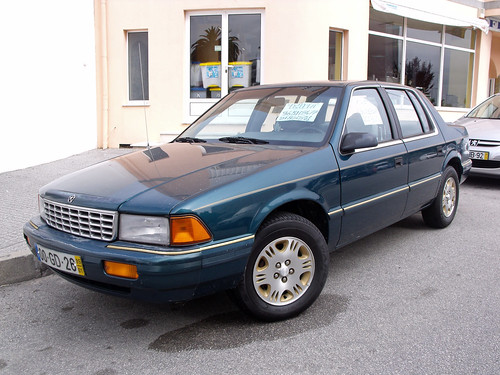
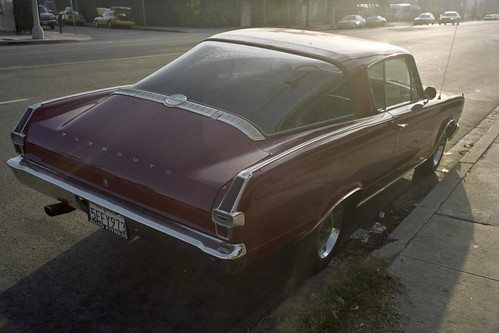

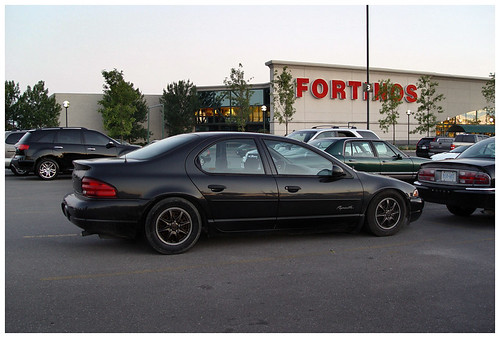

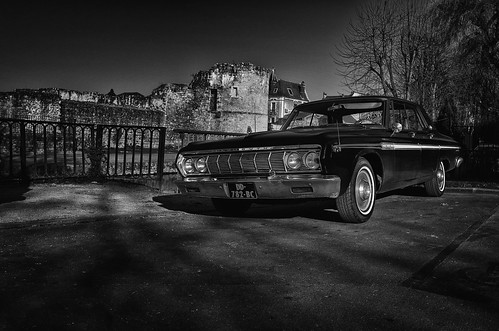
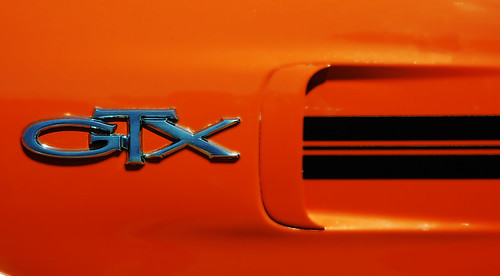

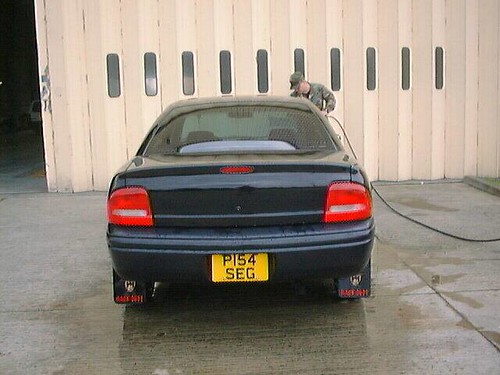


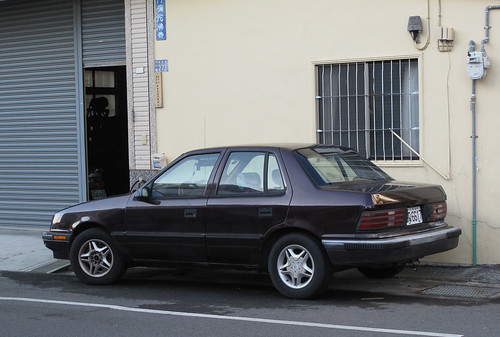
.jpg)


